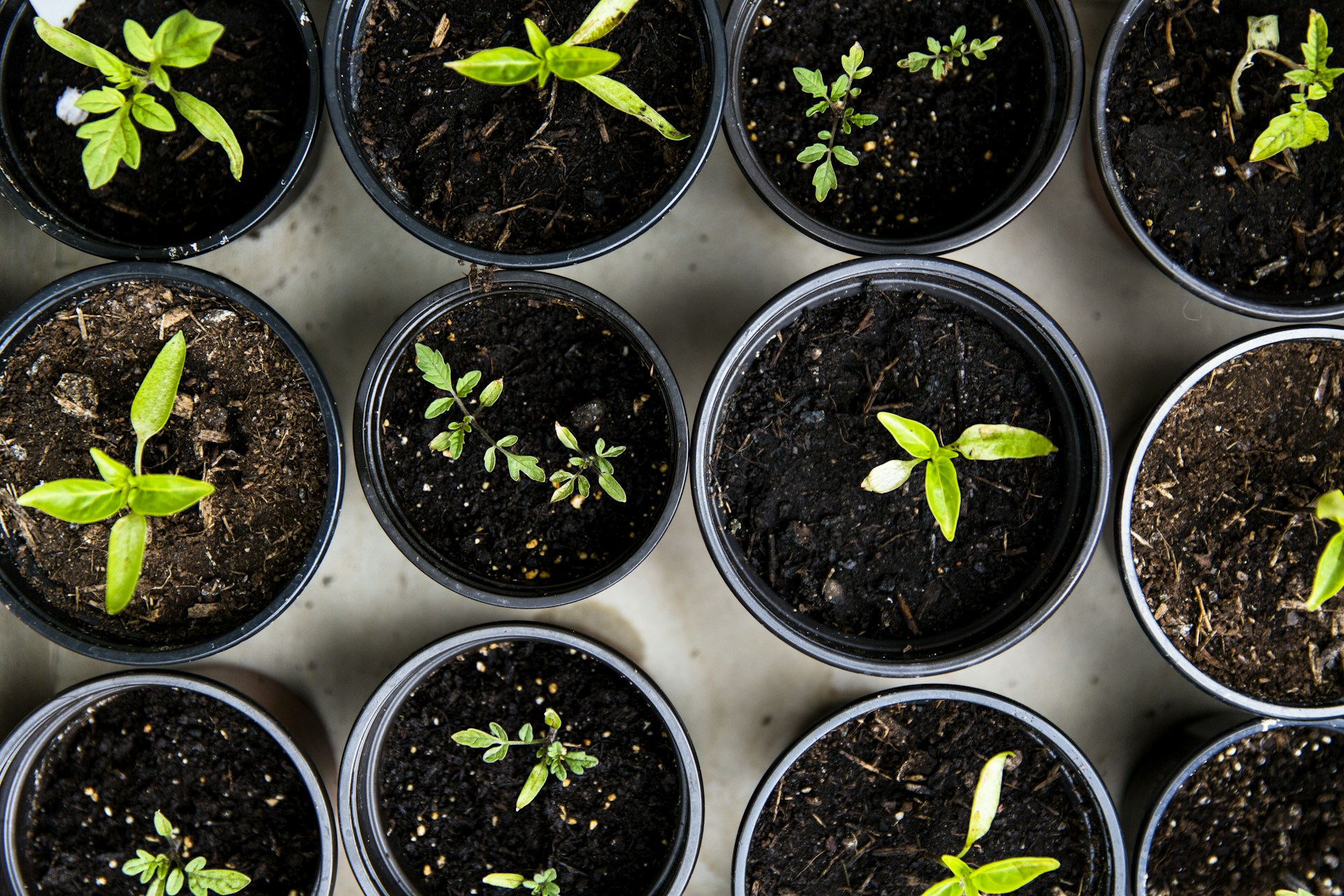
Creating a Mindful Garden Space
Design a mindful garden that promotes peace and reflection. Discover tips for creating a calming outdoor space with sensory plants, simple layouts, and quiet corners for meditation and relaxation.
MENTAL HEALTH GARDENING
P + P
6/27/20253 min read


Creating a Mindful Garden Space
Tips on designing a garden that encourages meditation, reflection, and peace.
Disclosure: As an Amazon Associate, I earn from qualifying purchases. Some of the links in this post may be affiliate links, which means I may earn a small commission at no extra cost to you.
In a world that rarely pauses, a garden can be more than just a place to grow flowers—it can become a sanctuary. A mindful garden is designed with intention, offering space to breathe, reflect, and connect with nature in a deeper, slower way.
Whether you have a sprawling backyard or a modest balcony, you can create a peaceful space that supports meditation, calm, and mental clarity. This guide will show you how to transform your outdoor space—big or small—into a garden for the soul.
🌿 What Is a Mindful Garden?
A mindful garden is a space intentionally designed to encourage awareness, stillness, and sensory engagement. It invites you to slow down, observe, and be present.
Mindful gardens aren’t just about what’s planted—they’re about how you feel when you’re in them. Think less about perfection and more about creating a mood of peace, simplicity, and flow.
🌼 Benefits of a Mindful Garden
Reduces stress and anxiety
Encourages daily mindfulness or meditation practices
Enhances creativity and focus
Supports emotional regulation and mood
Creates a personal retreat from busy routines
🪴 Design Elements for a Mindful Garden
1. Choose a Quiet, Protected Spot
Look for an area away from loud distractions—whether it’s a back corner of the yard, a shaded balcony, or a hidden nook. Privacy helps you tune in and let go.
Tip: Use trellises, hedges, or screens to create a sense of enclosure and safety.
2. Incorporate Natural Pathways
Paths gently guide movement through the garden while encouraging a slower pace. Use stepping stones, gravel, or wood chips to create soft, natural lines.
Mindful idea: Walk your path barefoot to ground yourself—this is known as “earthing” or “grounding.”
3. Choose Calming Colors
Soft, cool tones like greens, blues, whites, and lavenders tend to create a peaceful atmosphere. Avoid overly bright or clashing colors in your core meditation zone.
Plant suggestions:
Lavender
White cosmos
Hostas
Sage
Blue salvia
4. Engage the Senses
Mindfulness is rooted in sensory experience. Choose plants and features that awaken your senses gently:
Sight: Flowing grasses, layered textures
Smell: Herbs like rosemary, thyme, lavender
Sound: Bamboo rustling, bird feeders, water features
Touch: Soft lamb’s ear, feathery ferns
Taste: A few edible herbs or berries for grounding presence
5. Add a Focal Point for Stillness
Create a visual anchor for reflection, such as:
A seated bench or meditation cushion
we have a swinging hammock chair we love https://amzn.to/44o4wOW
A small fountain or birdbath
we also use this copper bird bath in the flower garden https://amzn.to/3GmQkOj
A garden sculpture or altar
A reflecting bowl or crystal feature
we have this gazing ball made of petal mosaics tucked right into our lavender shrubs and really compliments the yard. https://amzn.to/3I4SKlm
This becomes a space to pause, breathe, or simply observe.
6. Include Comfortable Seating
Mindfulness doesn’t require a lotus pose on the ground. Add:
A weatherproof cushion
A stone bench
A simple chair tucked into greenery
Make it inviting enough to linger, even if just for a few minutes.
7. Limit Clutter
Simplicity fosters stillness. Avoid overplanting or excess décor. Leave room for light, space, and air to move freely.
Tip: Think of your garden as a retreat for your senses, not a to-do list.
8. Make It a Ritual
Use your garden for intentional moments:
Morning tea with the sunrise
Journaling under a tree
Five deep breaths after work
Quiet evening watering to wind down
Mindfulness is about showing up, not achieving.
Final Thoughts
A mindful garden is more than a collection of plants—it's a living space for reflection, presence, and peace. Whether you meditate daily or simply need a place to breathe deeply, designing your garden with mindfulness in mind can nourish your body, soul, and spirit.
Start small. Let it evolve. And most importantly, let yourself be still within it.
